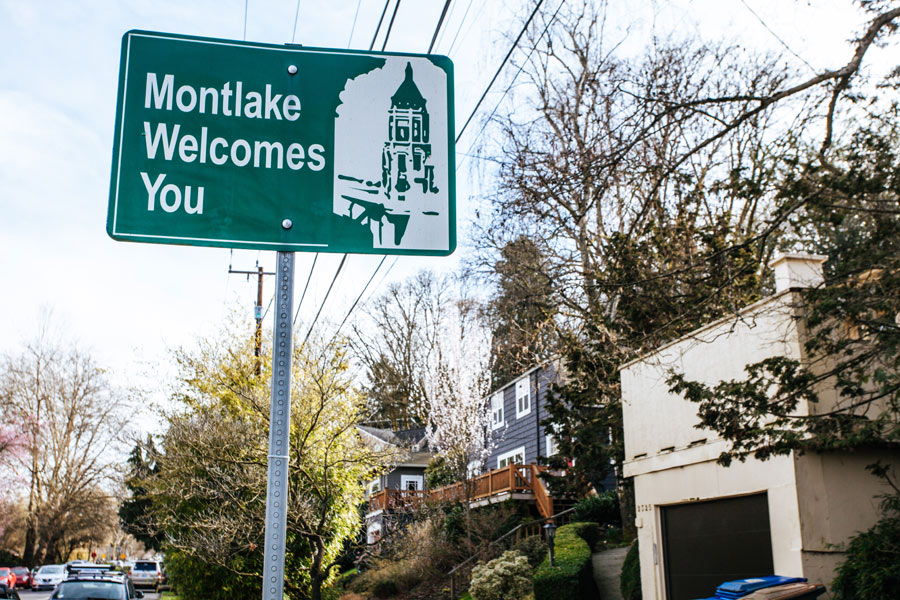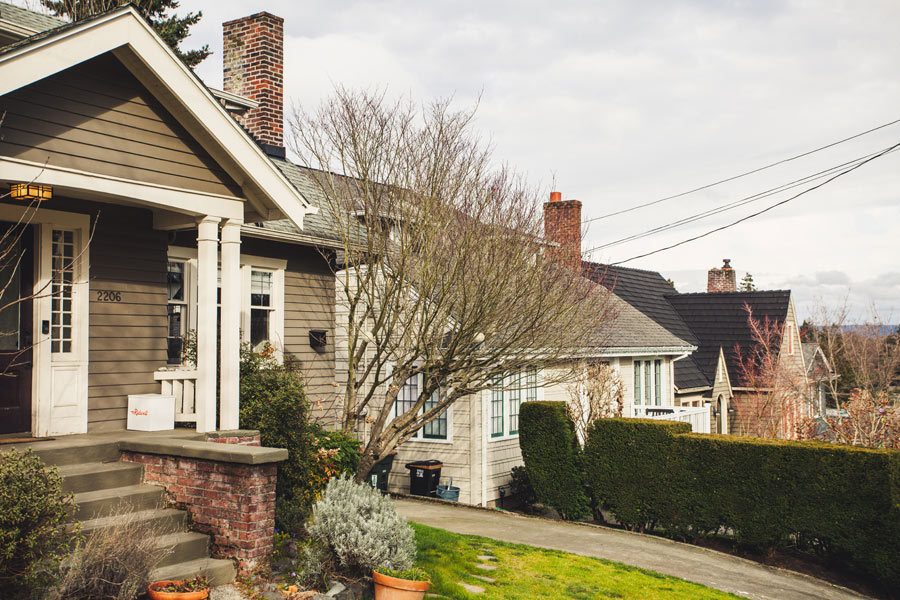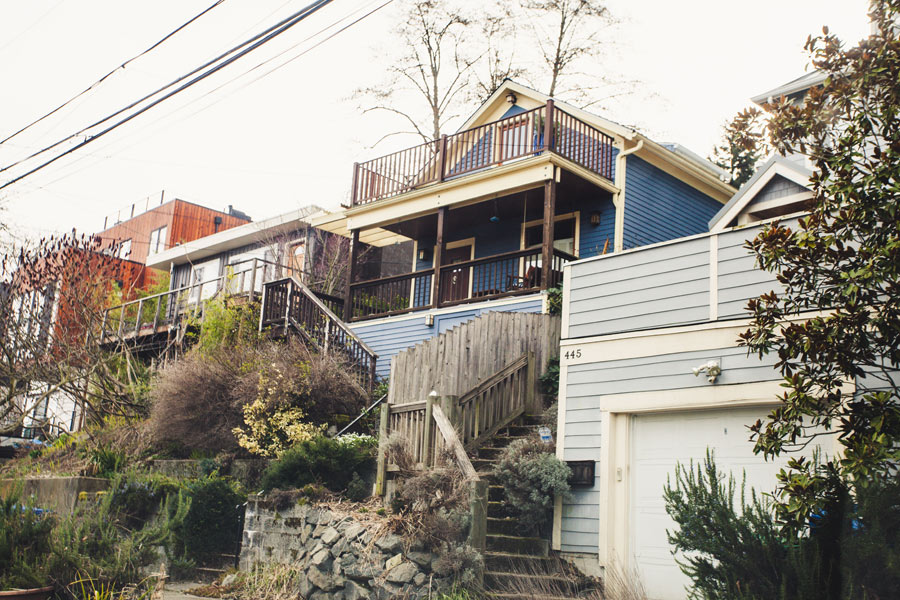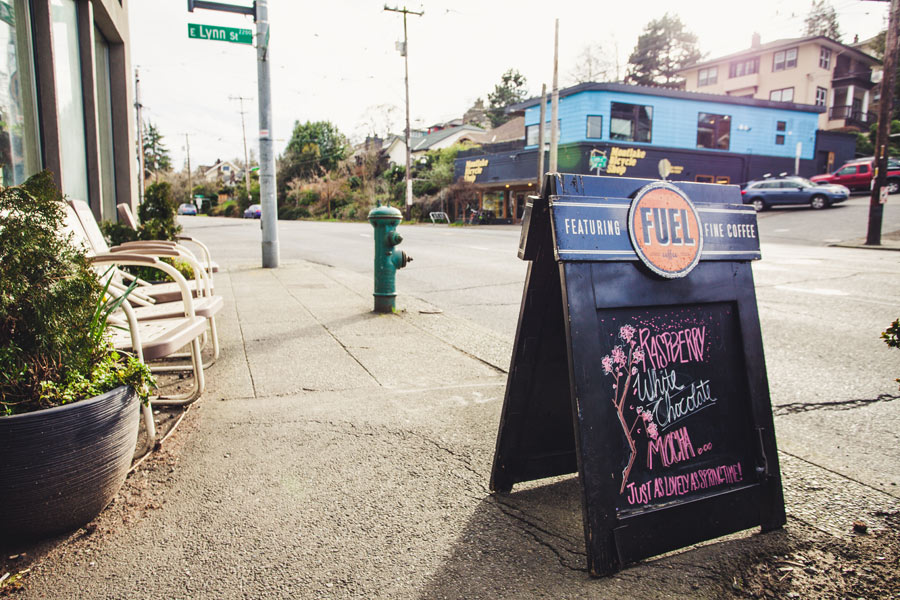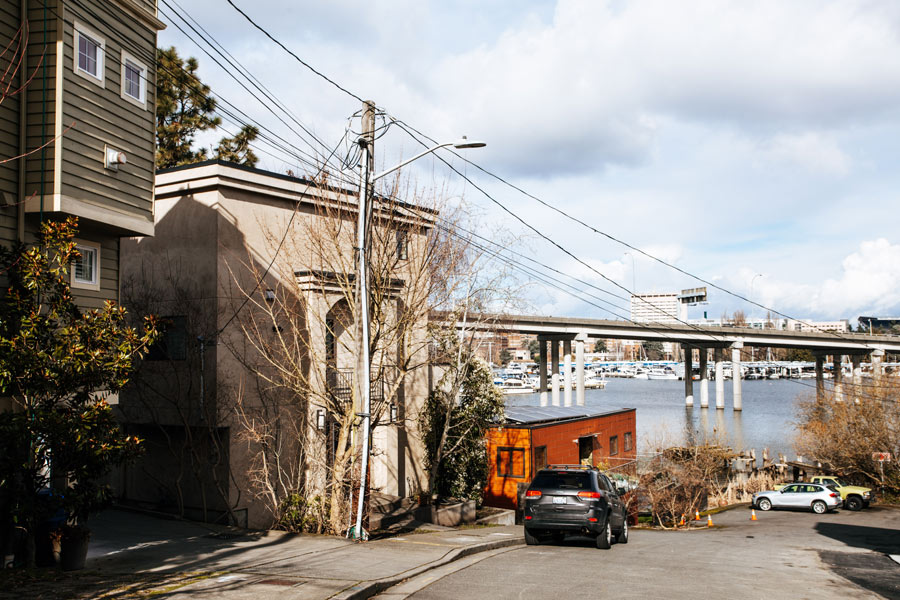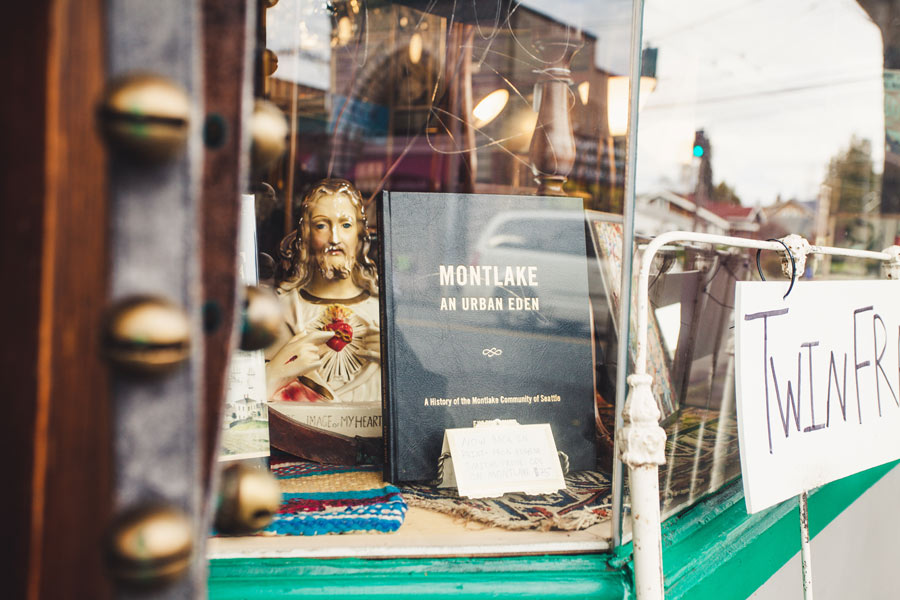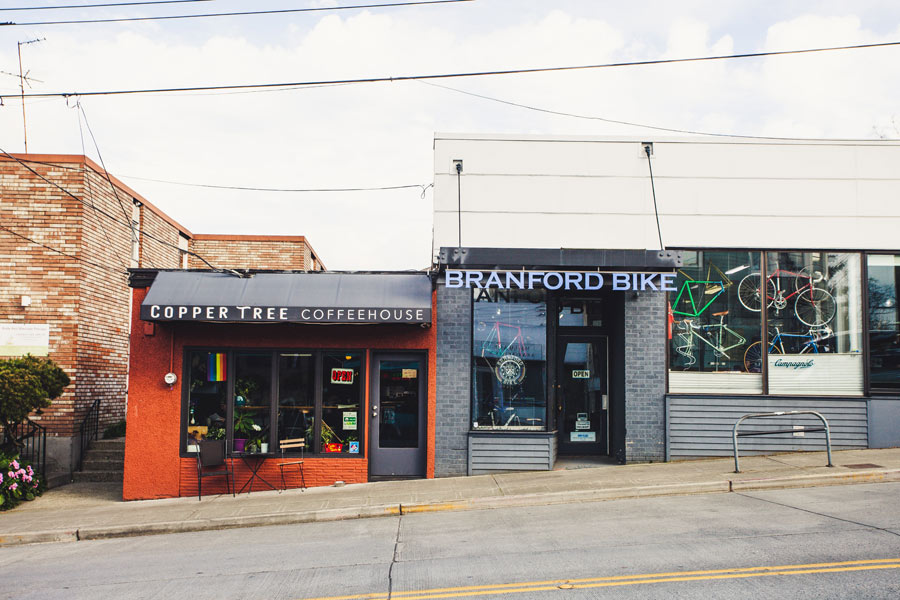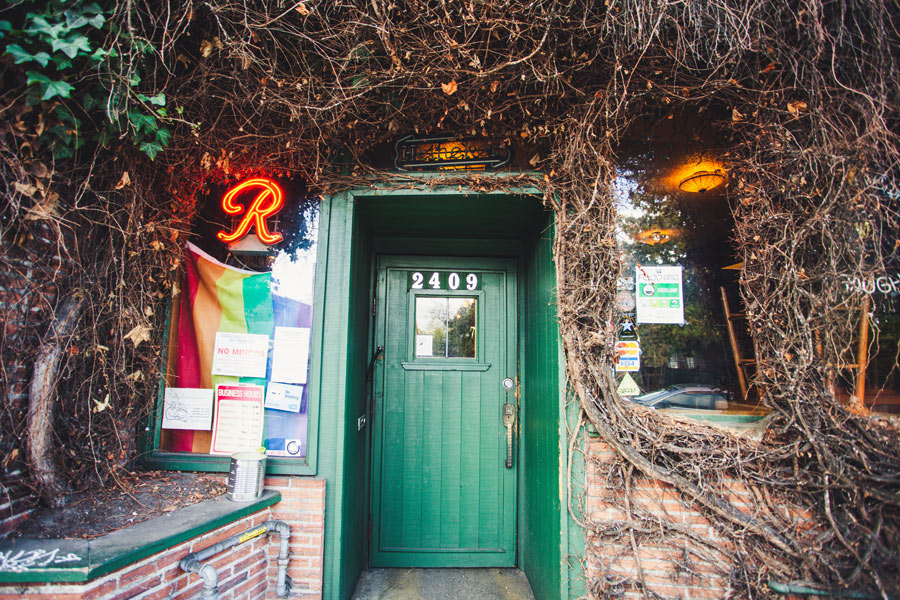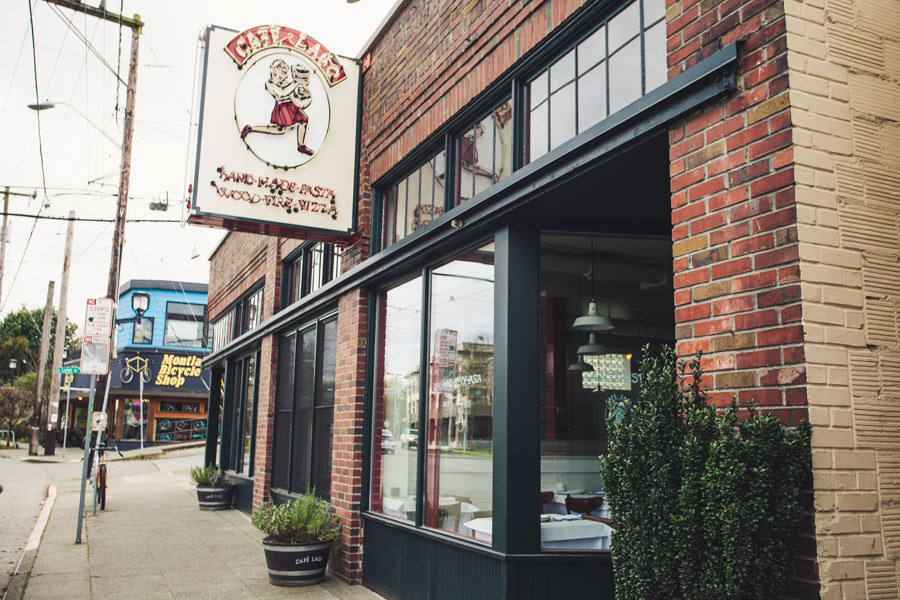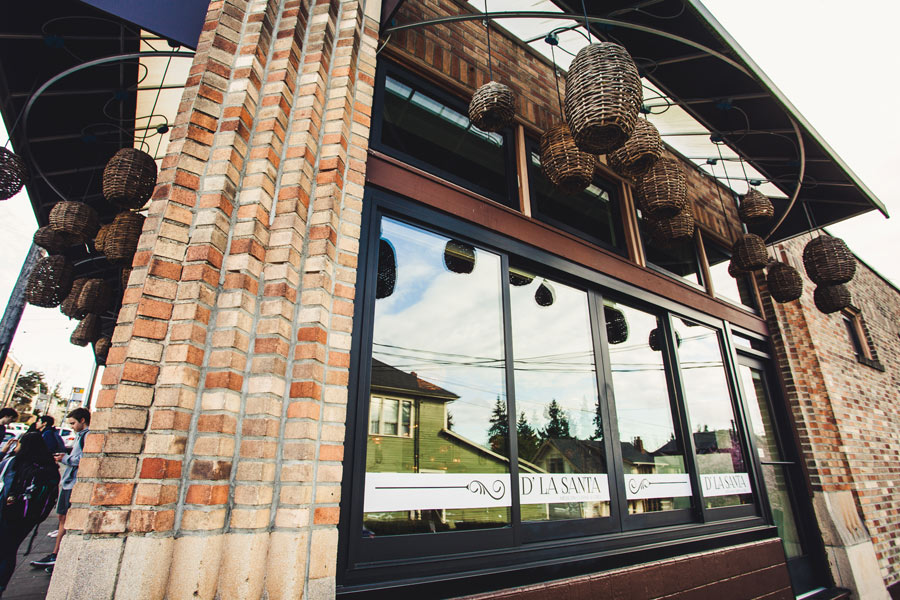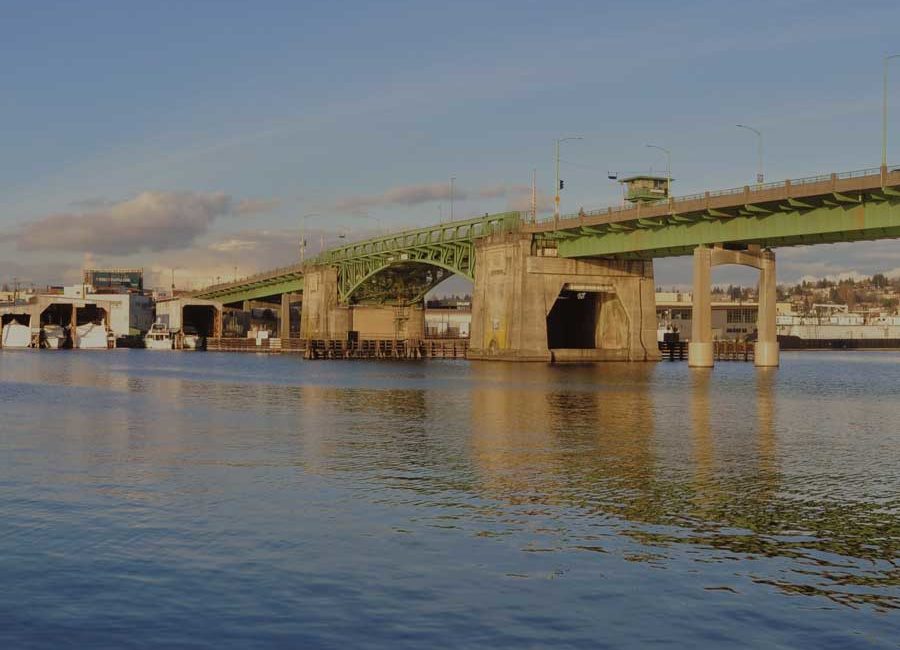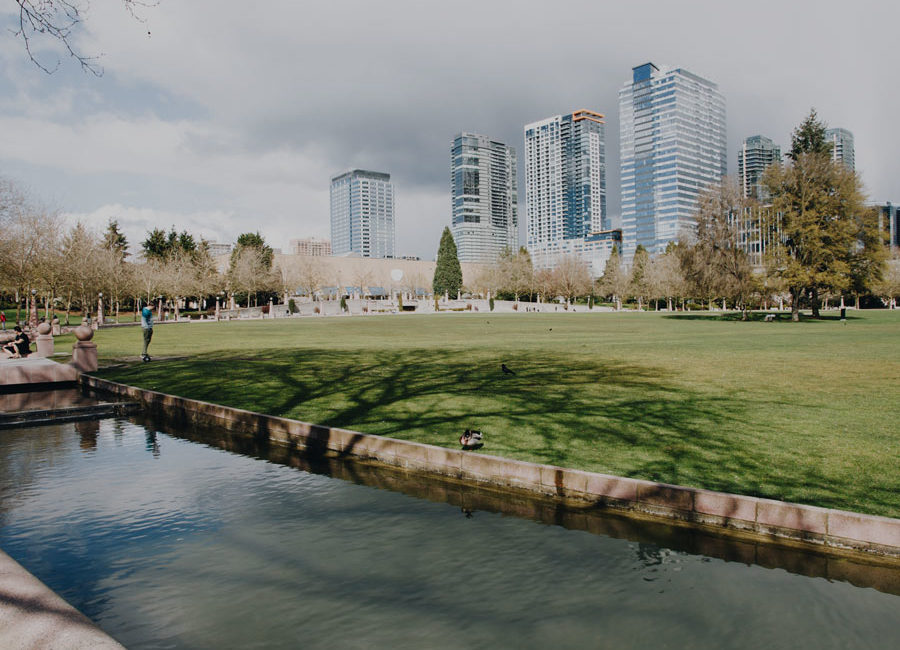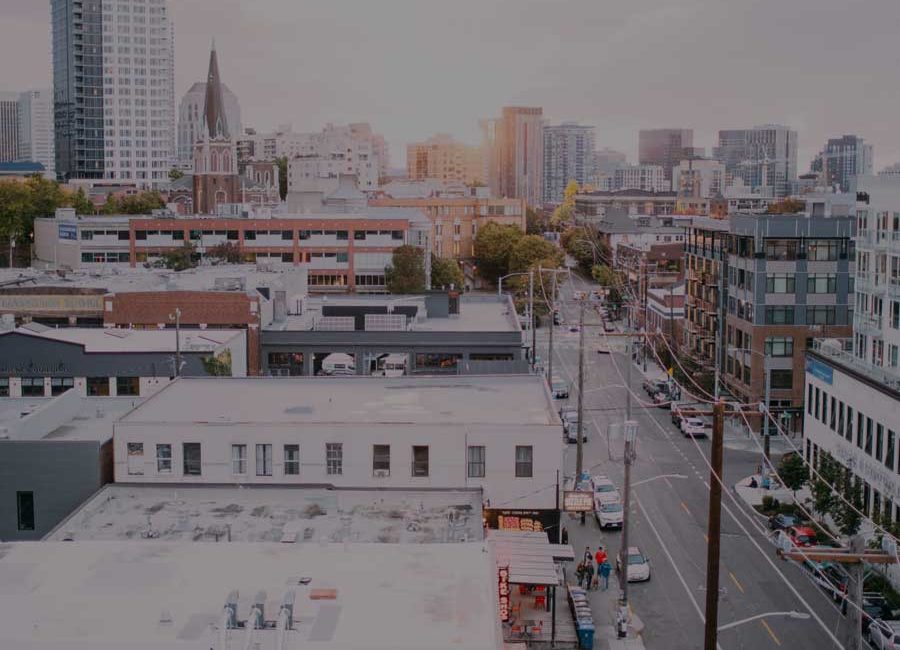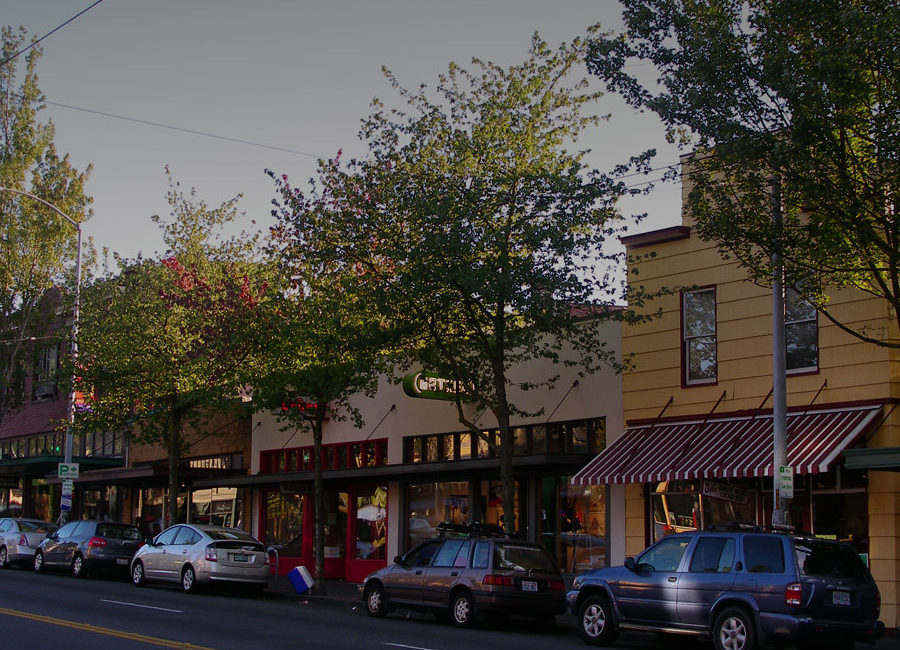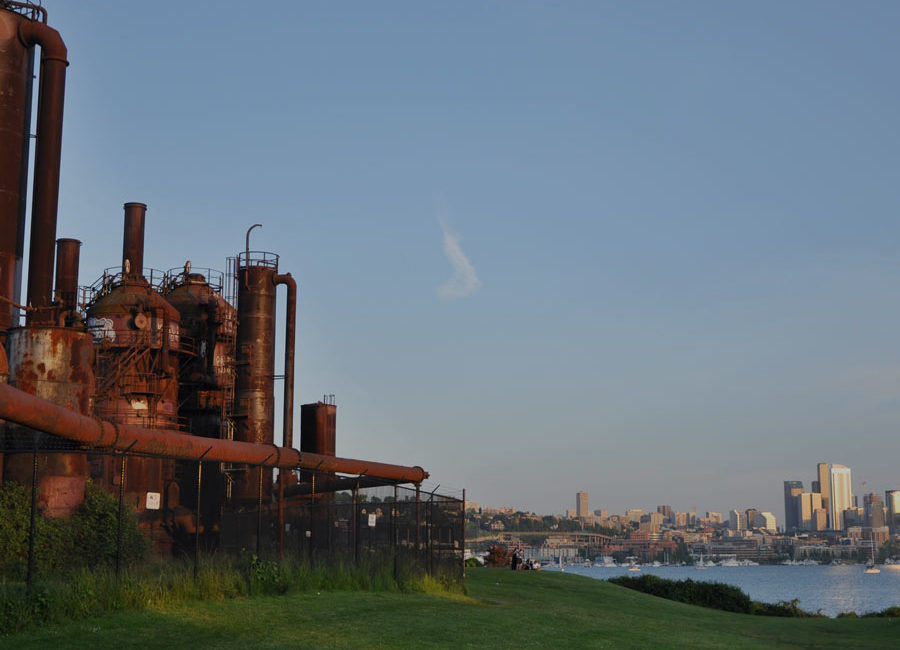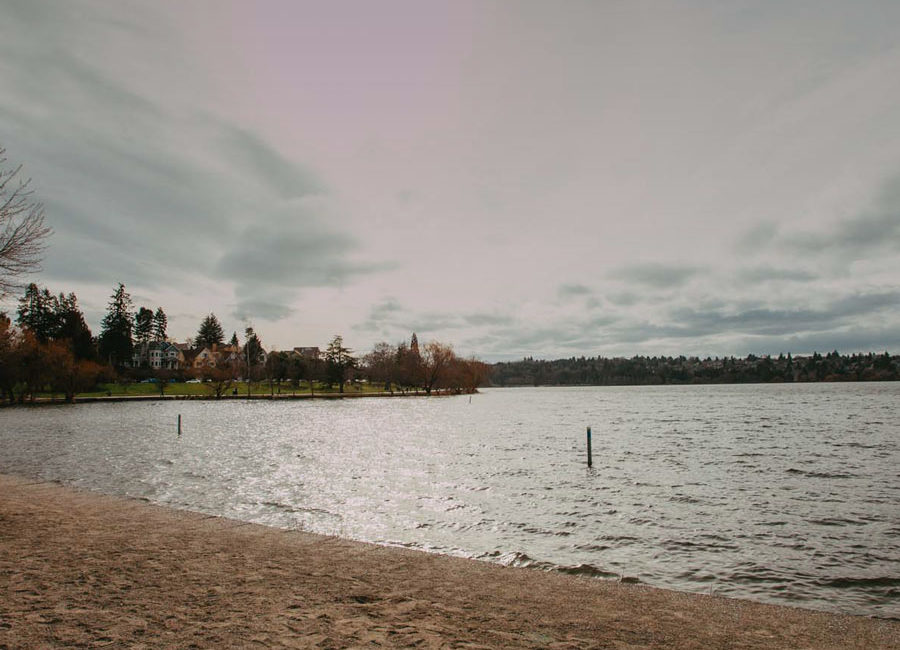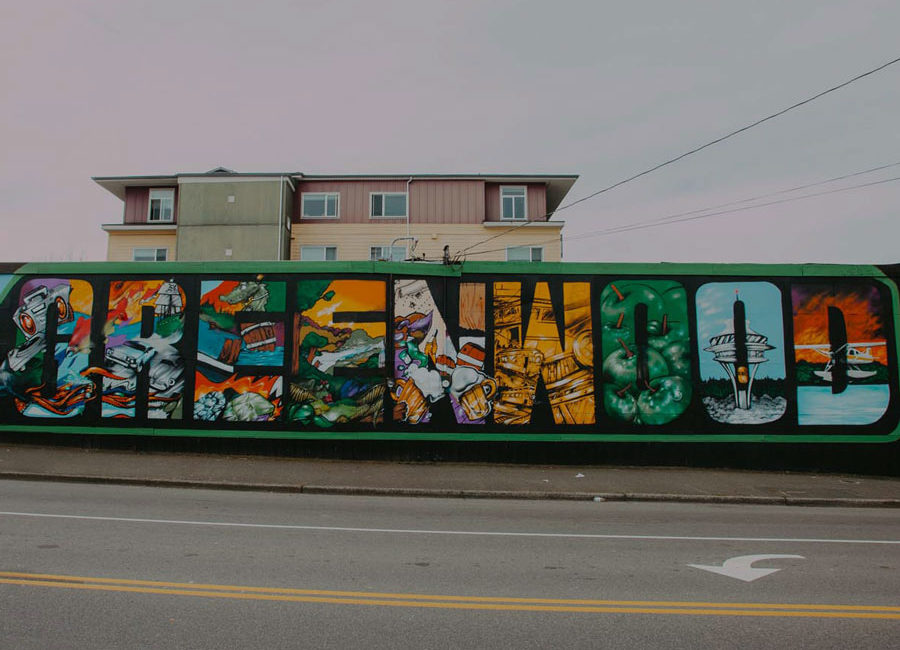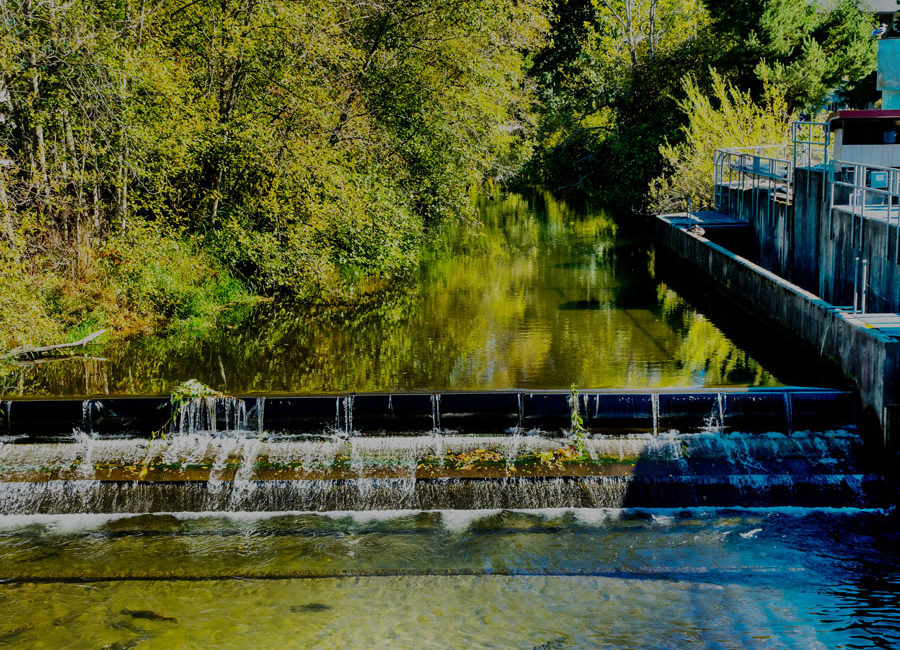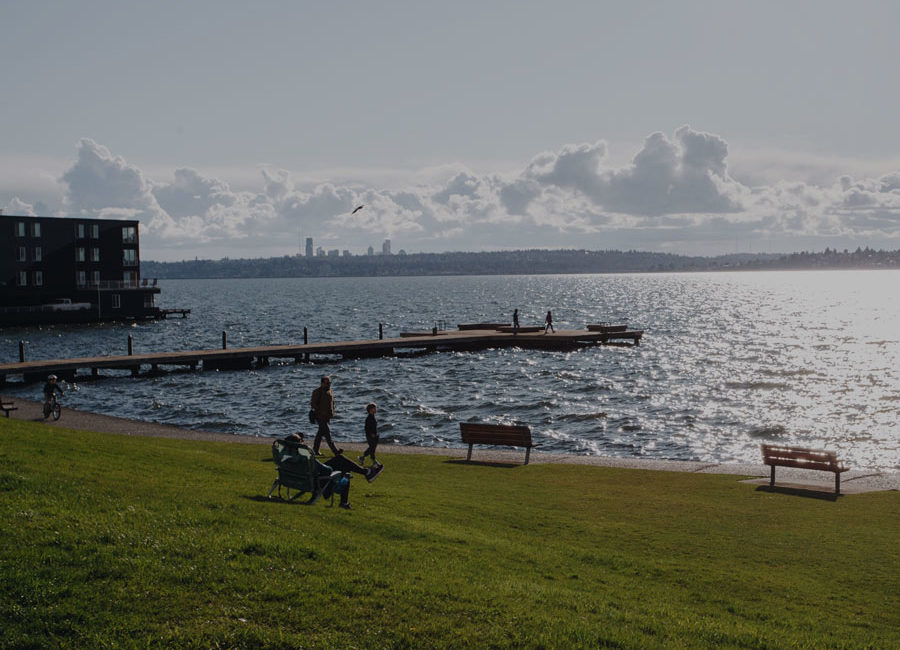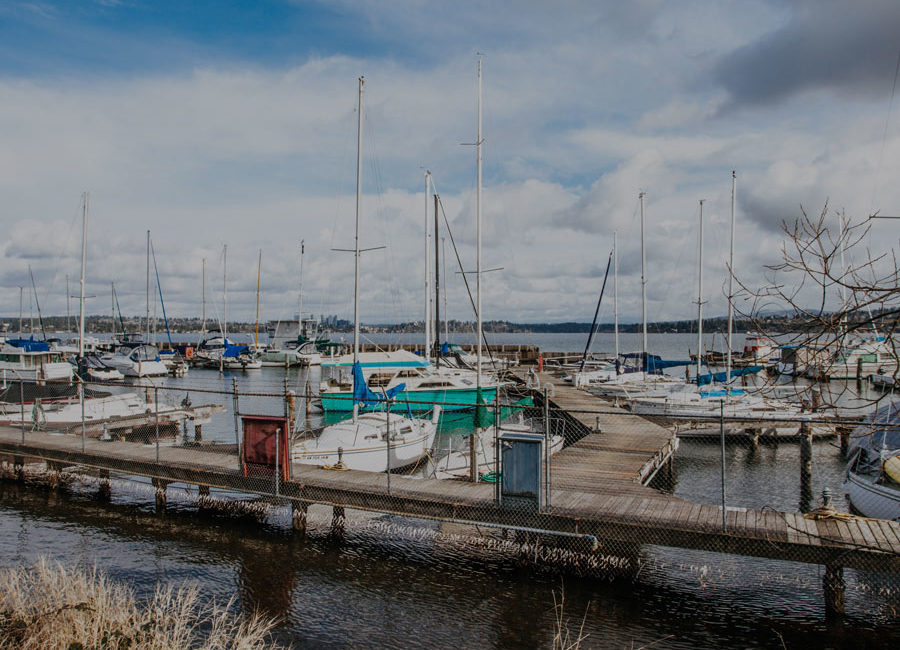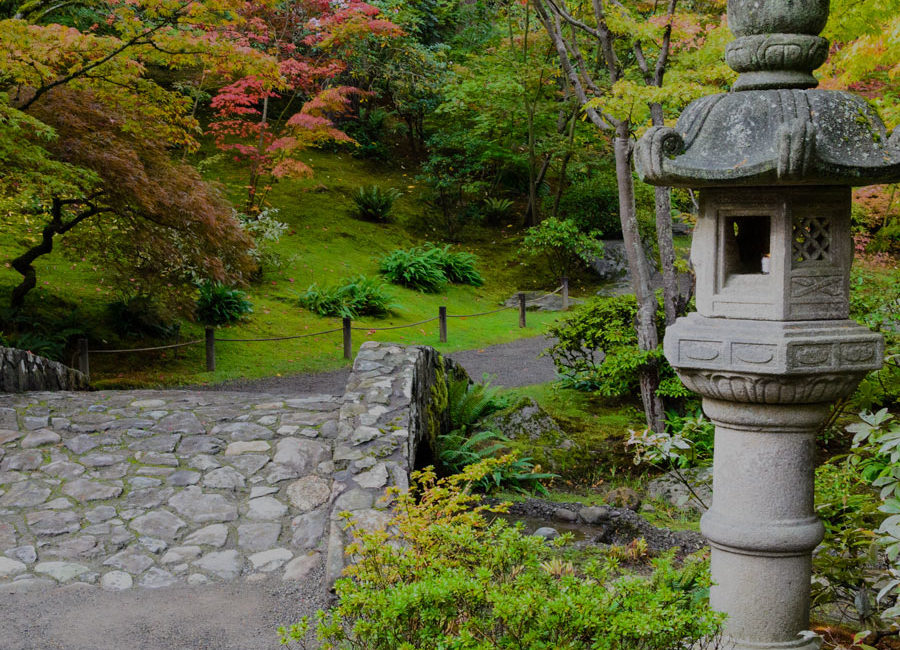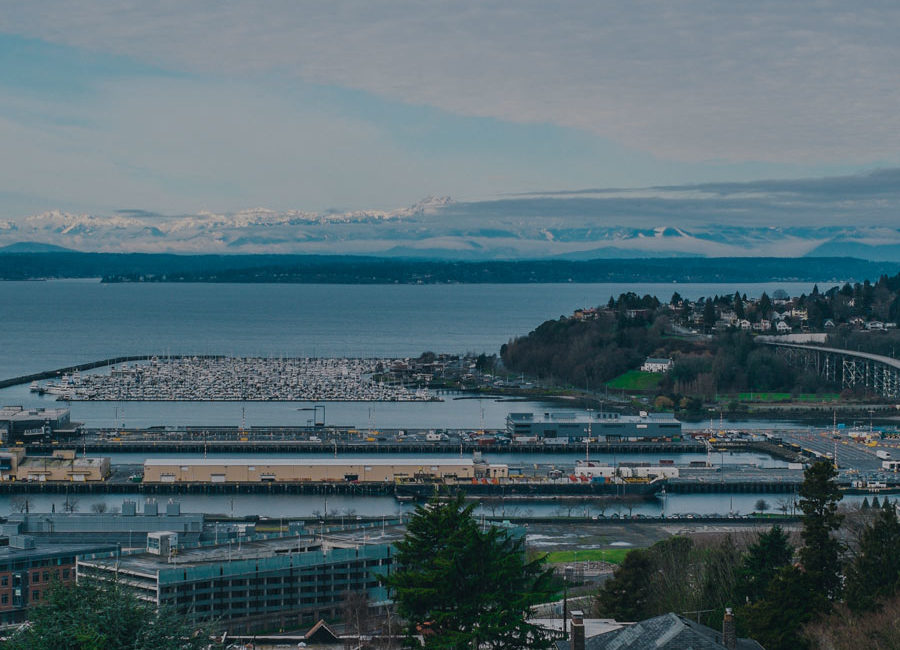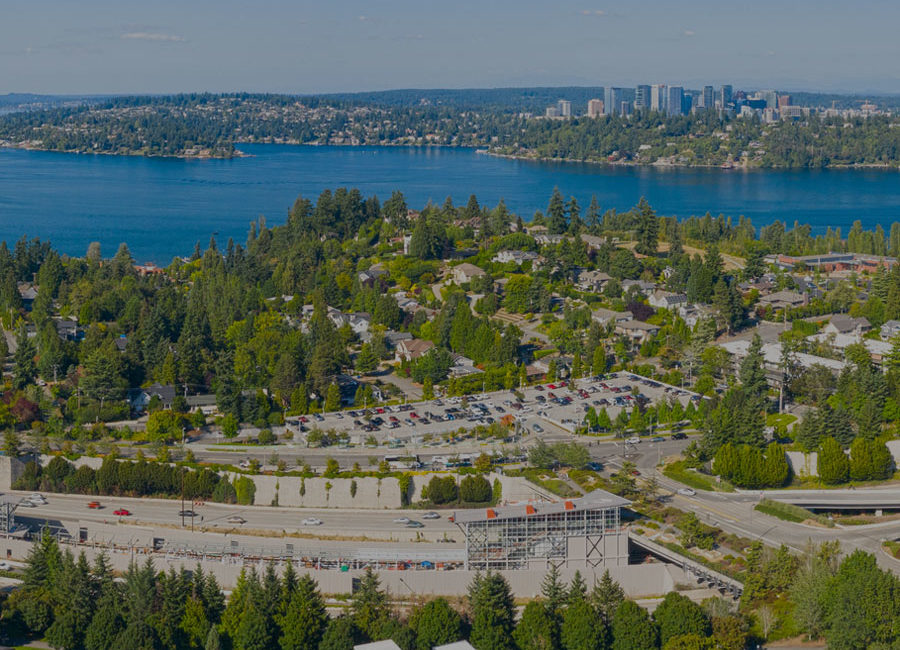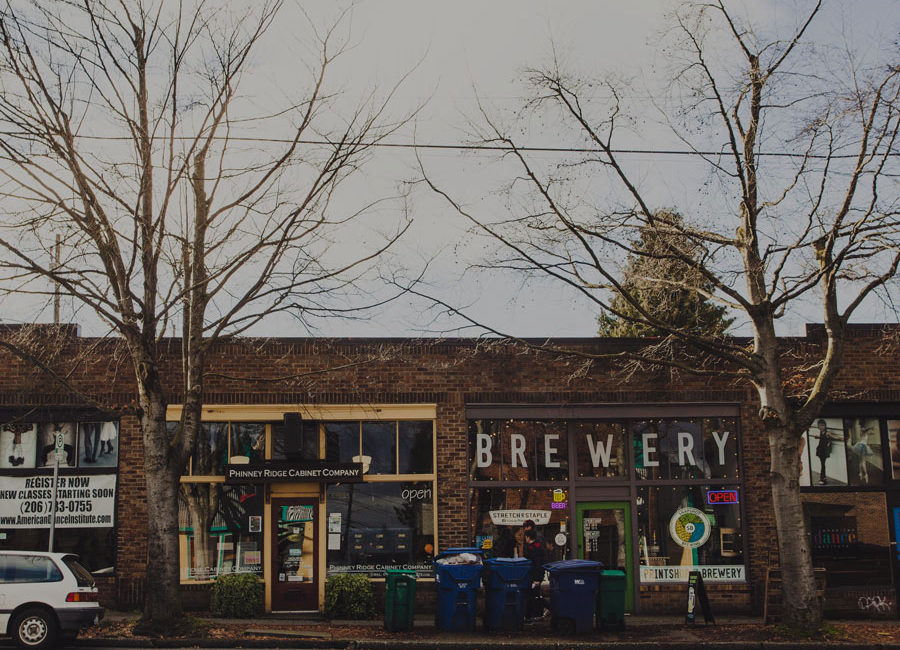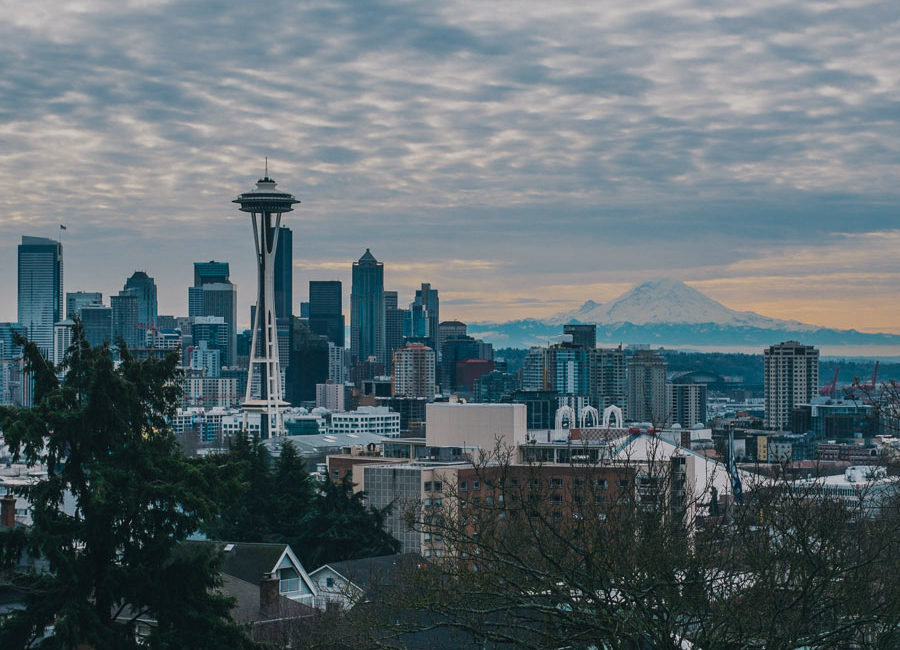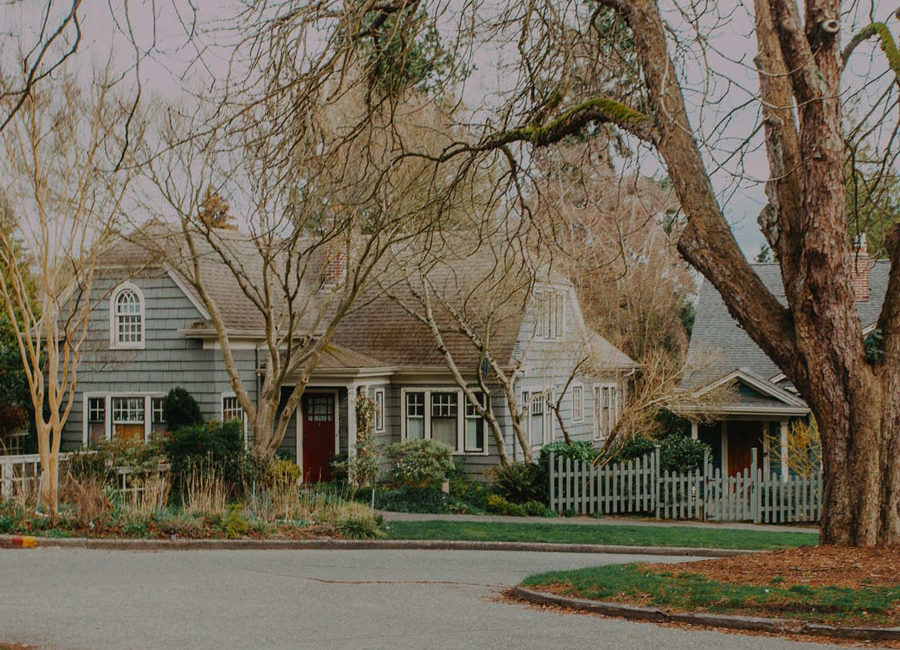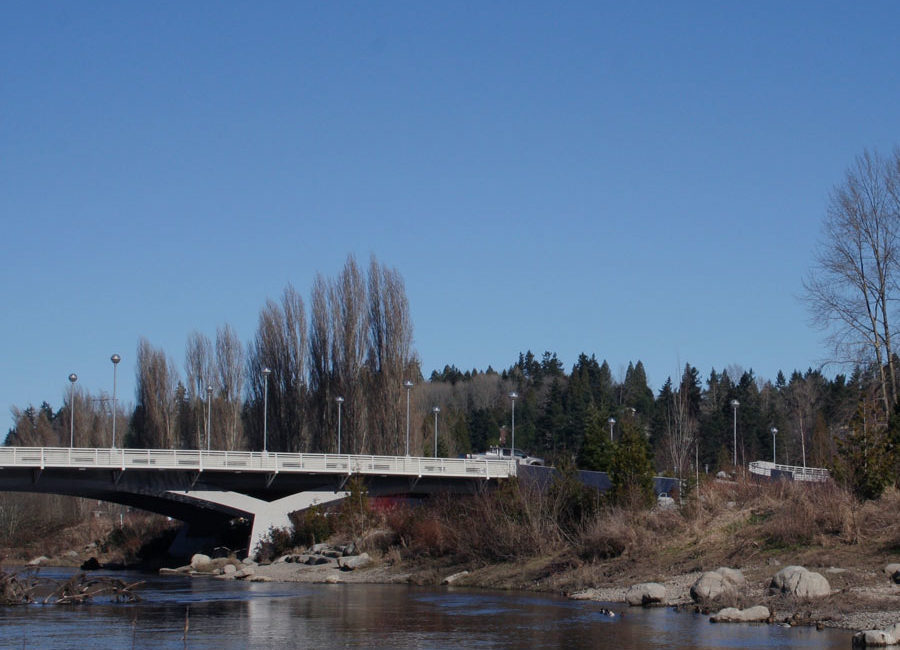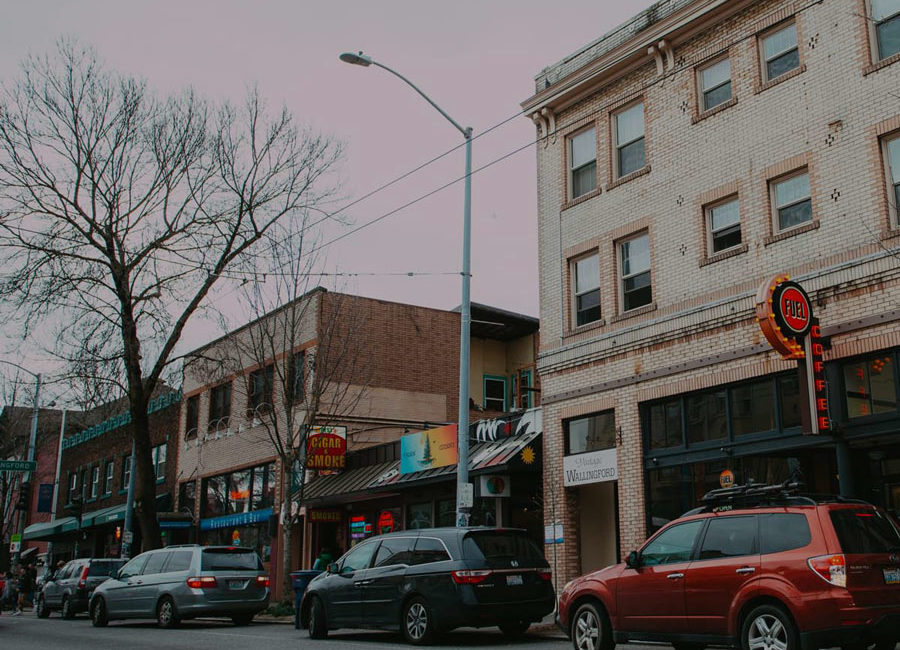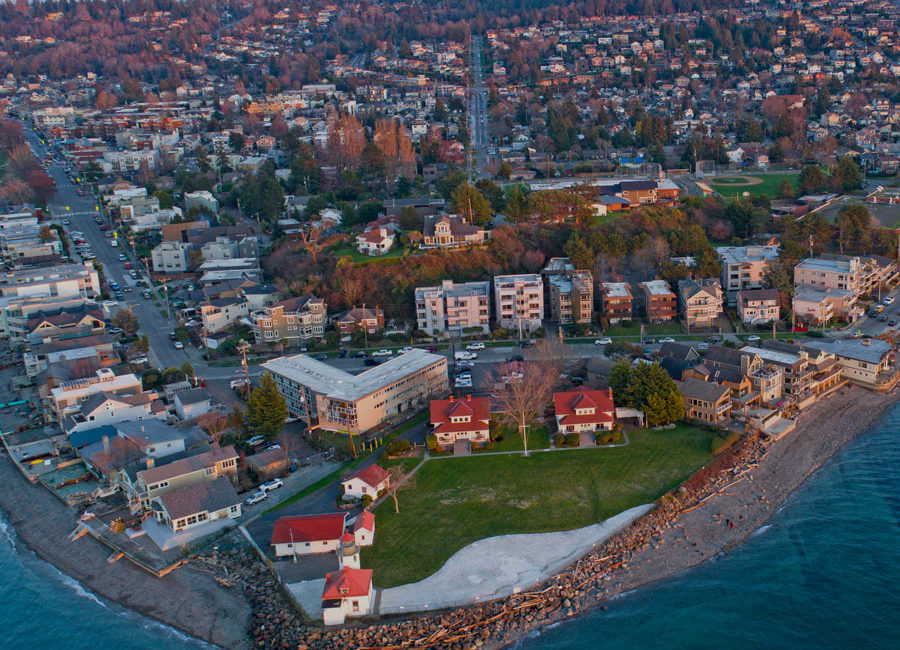Montlake: The In-Between
Neighborhood with Exclusive Charm
Montlake is one of the smallest neighborhoods in Seattle, and is made up almost entirely of residential areas that are broken up by main thoroughfares including SR 520. However, its charm is unique and its community of close-knit residents offers significant appeal as a beautiful and delightful place for families and professionals to live. Montlake is bordered on the south and east by two major parks, Interlaken and the Washington Park Arboretum, with the University of Washington to the north and Capitol Hill to the west. It is divided by the Montlake Cut and Lake Washington Ship Canal.
2019 Data at a Glance
Average Home Price:
$1,214,757
Average Rent:
$1,945/month
Home price trend:
-2.5%
Walk Score (1-100):
67
Number of Parks:
5
Pros and Cons of Living in Montlake, Seattle
The Montlake neighborhood offers easy access to the University District, Eastlake, and Capitol Hill, where there are hundreds of restaurants and shopping options. However, the neighborhood’s own commercial area is just a couple of blocks around E. Lynn Street and E. McGraw Street along 24th Avenue E. There you’ll find Cafe Lago, a trattoria and Tuscan-inspired Italian restaurant and cafe serving handmade pasta, ultrathin lasagna, wood-fired pizzas, and other simple fare. To the west, you’ll find D’La Santa for traditional Mexican cuisine and a Pagliacci Pizza location. There are a lot more restaurants and eateries further west in the Eastlake neighborhood, along Eastlake Avenue E.
Grab your morning coffee and a quick bite for breakfast at Fuel Coffee or Copper Tree Cafe. Mont’s Market is a great place for neighborhood groceries, wines, and more. Mont’s also offers fresh-made deli sandwiches and a good assortment of international and health food items.
There’s not really any nightlife in Montlake, but being close to Capitol Hill and the University District, residents don’t have to go far to find evening entertainment. However, there is the Roanoke Park Place tavern for bar bites, burgers, sandwiches, and salads as well as 15 beers on tap and a full bar. They also have outdoor ping pong!
There are just five parks and green spaces in Montlake, but it’s bordered by the Washington Park Arboretum as well, which is a park that is packed with walking and running trails as well as lots of wildlife and outdoor recreation. Otherwise, the most popular and largest park in the neighborhood is the Montlake Playfield Park, which is a 27-acre park and playfield built on an old peat bog. It was originally part of a dahlia farm, but now has green space, a playground, and space for other outdoor activities.
Husky fans may enjoy living in Montlake, since it’s an easy walk or bike ride across the Montlake Bridge to Husky Stadium. You can skip the parking madness on game day and leave your car at home to head to the game stress-free. University Village is a bit further up the road, with lots of options for shopping. Within the Montlake neighborhood, there’s the Montlake Bicycle Shop and Mr. Johnson’s Antiques.
Although the Montlake neighborhood is close to other busy neighborhoods such as Capitol Hill and the University District, it’s a bit of a haul from Downtown Seattle. By bus, commuters should expect it to take about 30 to 45 minutes to get to the heart of the city. In addition to its lack of nightlife and options for eating out or shopping, this transportation barrier may make Montlake less-than-ideal for some potential residents.
History of Montlake, Seattle
Before white settlers began developing the area that would become known as Montlake in the late 1800s and early 1900s, it was home to the hah-choo-AHBSH, or “people of the lake,” who are considered to be a band of the Lakes Duwamish people. Archaeological discoveries have uncovered evidence of a fishing weir on Ravenna Creek, as well as at least five longhouses that used to stand in what is now Montlake. According to historians, the native people used the small bit of land between Lake Union and Lake Washington as a transportation corridor or portage, and they referred to the area as “carry a canoe” in their native tongue. They would row their boats as deep into the marsh as possible, and then carry their canoes on their shoulders for the final bit on land in order to reach the other lake.
The Denny party landed at Alki Beach in 1851, and settlers soon began flocking to Seattle. The first plat in the Montlake area was filed in June 1869, and included a strip of land 200 feet wide, which would eventually be under water as the Lake Washington Ship Canal. Not long after, by 1872, just three men had claimed all of the land that would be called Montlake: John McGilvra, Philip Drew, and Philip Ritz. The area was then incorporated with the city as a whole in 1891. In 1892, the Seattle Yacht Club was established and would be moved to their current site on E. Hamlin Street in 1920.
In 1905, development of Montlake really got underway, and the majority of the residences built in the neighborhood were constructed. John E. Boyer, H.S. Turner, Calvin and William Hagan, and their partner James Corner all joined the list of real estate developers in Montlake. They chose to name the area “Montlake” in order to inspire images of mountains and lake views to drum up buyer interest.
Starting in the spring of 1909, Montlake received streetcar service via the 23rd Avenue Line, which ran from the corner of Yesler Way and Occidental Avenue in Downtown Seattle, through Montlake, and on to the Alaska-Yukon-Pacific Exposition until its completion. After the end of the exposition, the streetcar served as a cross-town shuttle, and in 1922, the line was called the Montlake Line until it was abandoned in 1940 to be replaced with trackless trolleys and eventually metro buses.
The Montlake Cut opened in 1916, leading to extreme changes to the Montlake shoreline, especially before the Montlake Bridge was opened in 1925, since the southern shoreline was just a marsh and travel north was blocked after the Lake Washington Ship Canal cut off land traffic.
The small commercial district in Montlake was mainly developed in the 1920s, and primarily exists between E. Lynn Street and E. McGraw Street along 24th Avenue E. Also during that time, the Seattle Board of Park Commissioners set land aside near Montlake for Washington Park, which was intended to be an arboretum and botanical garden. It was approved in 1934 and then designed, planted, and constructed as the Washington Park Arboretum we have today.
In the early 1960s, the construction of SR 520 and its bridge brought more massive changes for Montlake. It cut the neighborhood into two parts and ruined parts of the shoreline further. The effects of transportation construction continue to affect the neighborhood to this day, as the city continues work to replace and restore the 1960s-era bridge and freeway.
Home Prices in Montlake, Seattle
The average value of homes in Montlake is $1,214,757. This is above the Seattle average, but that’s due in part to the types of homes in this neighborhood as well as their location so close to Lake Washington. Many of the homes in the area are high-end and there are some mansions, and the area draws families and professionals with higher incomes. Although home values in Montlake have declined by -2.5% in the past year, they are expected to rise in the coming year along with home values across the city.
The typical rent for a one-bedroom apartment in Montlake is $1,945 per month, but there are very few apartments to be found in this neighborhood. It’s mostly made up of single-family homes.
Walk Score & Transportation in Montlake
With its walk score of 67, Montlake is the 56th most walkable neighborhood in Seattle. It is connected with Lake Washington Boulevard and other nearby neighborhoods by several popular bike trails, giving it a bike score of 79. Montlake has a transit score of 63.
There are only a couple of bus routes through Montlake. The 43 travels the old streetcar route from the University District to Montlake and then to Capitol Hill and Downtown Seattle, and is the most direct route for Montlake residents to get into downtown. The 268 bus route travels across the SR 520 floating bridge to take commuters to and from Redmond and Downtown Seattle, with stops in Montlake.
Unique Gems in Montlake
Although it’s almost entirely made up of residential areas, there are a few unique gems in Montlake that make this neighborhood special for its residents and visitors.
Washington Park Arboretum: The 230-acre arboretum is full of plants and trees and grassy areas where you can picnic and soak up some nature therapy. It also has several marshy waterways for exploration by boat, and you can see lots of wildlife such as turtles, ducks, herons, eagles, and more. If you don’t have a boat of your own, head to the University of Washington’s Waterfront Activities Center on the northeastern edge of Montlake by the Husky Stadium to rent a kayak (single or double), canoe, or rowboat. Pack your picnic lunch and hit the water for a fun and invigorating afternoon outdoors.
Mont’s Market: Montlake has a couple of grocery stores to choose from, but Mont’s Market is by far the neighborhood favorite. There is an excellent selection of necessities, including pantry/shelf and dairy options, local and regional brands, and international grocery goods. Mont’s Market also has a great deli, with hot and cold fresh sandwiches and prepared goods. Although their produce section is limited (the market is pretty small), there’s a decent selection of organic vegetables and fruits. They also have a fantastic wine section.
Mr. Johnson’s Antiques: For over 20 years, Mr. Johnson’s Antiques has provided a special antique shopping experience for Montlake residents and visitors alike. There’s always a rotating selection of antiques, collectibles, curios, and art, and Seattleites can get their lighting rewired and antiques appraised and/or sold here, as well.
Cafe Lago: Another Montlake staple is Cafe Lago. It’s an Italian trattoria with Tuscan-inspired dishes, including salads, wood-fired pizza, handmade pastas (including their famous lasagna and fettuccine with meatballs), and a couple of hearty entrees. Their wine menu is excellent, and Cafe Lago also offers a selection of both classic and distinct cocktails.
D’La Santa: Not your average Mexican eatery, D’La Santa serves Mexican recipes that date back nearly 200 years, featuring flavors and dishes from Chihuahua to Guadalajara. Favorites and must-try dishes include the Carne en Su Jugo and Chile en Nogada. They’re open for lunch and dinner every day of the week except for Mondays.

